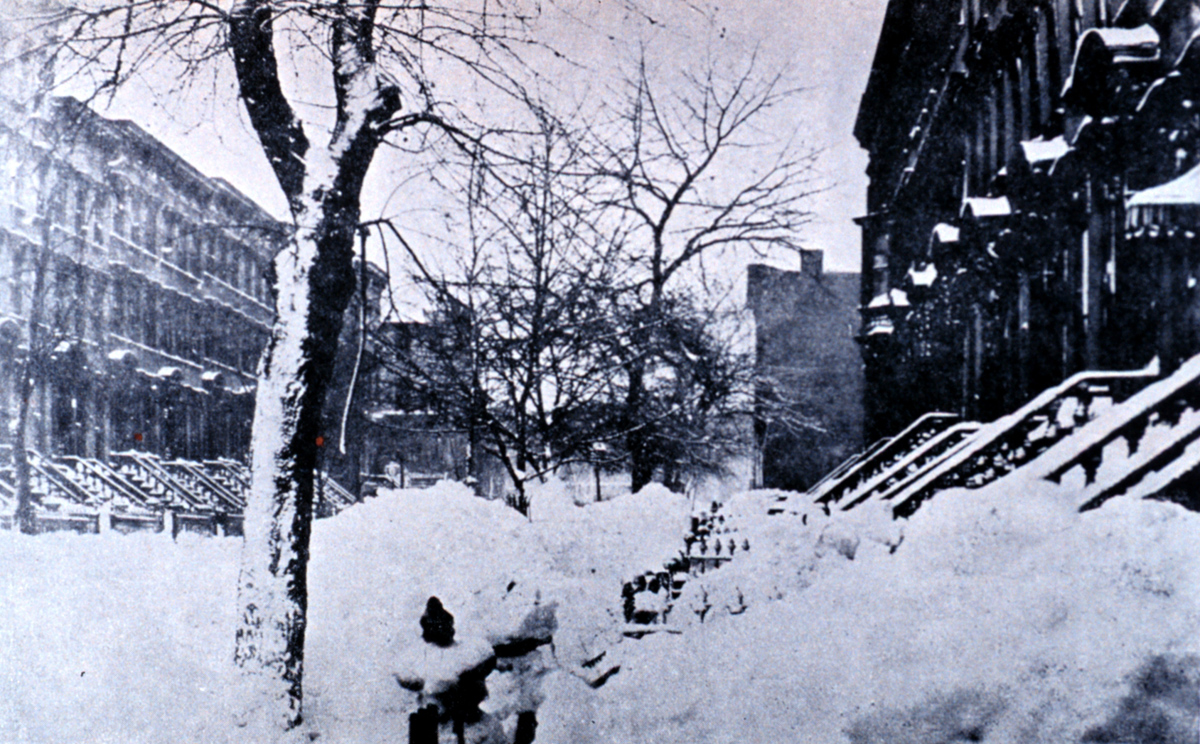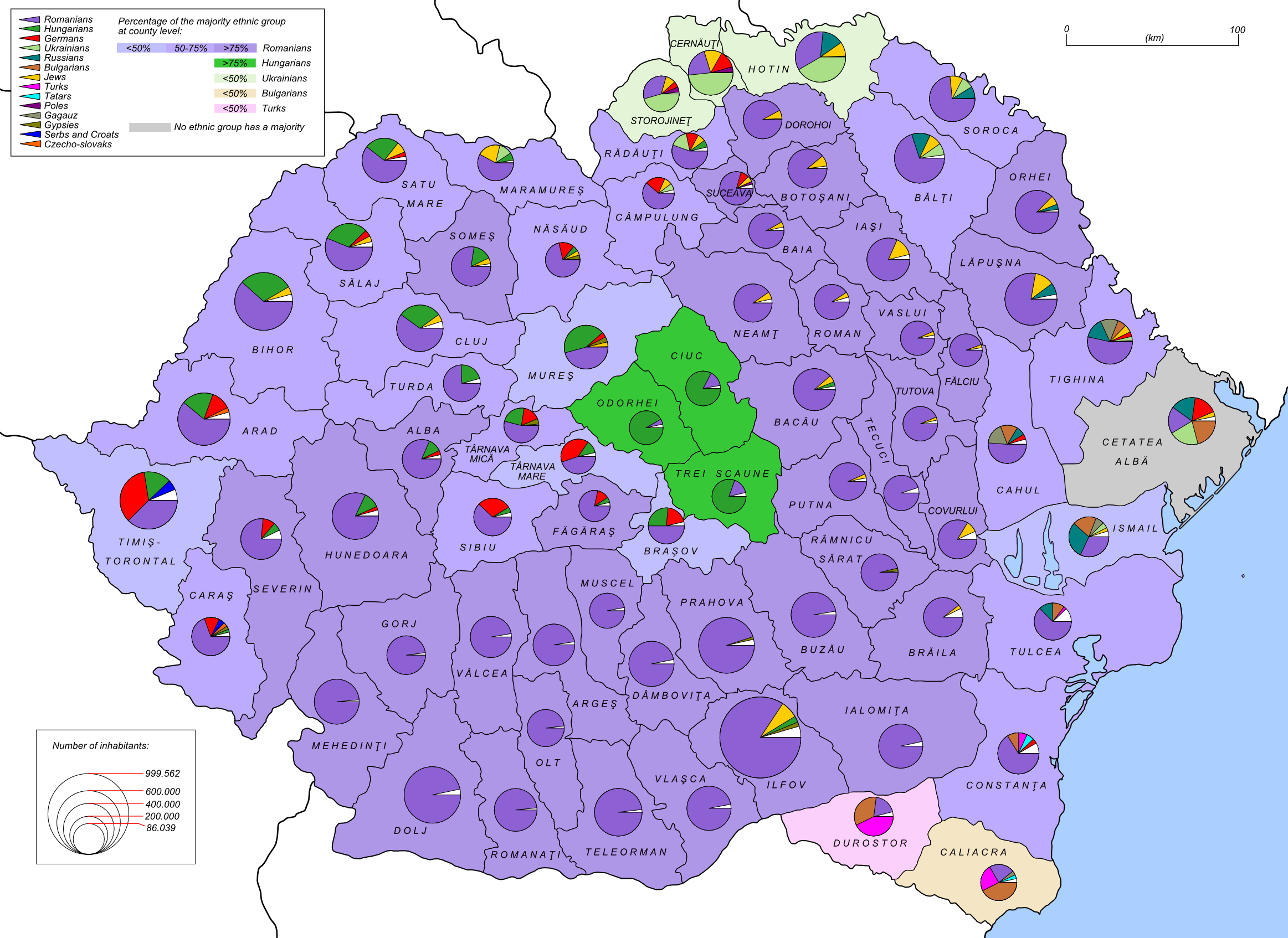|
Dumitru Carlaonț
Dumitru Carlaonț (28 October 1888 – 2 July 1970) was a Romanian major-general during World War II, who is known for being imprisoned and acquitted for war crimes three times. He was the younger brother of General Ioan Carlaonț. Born in Miculești, Gorj County. After attending the Artillery Military School in Bucharest (1908–1910), he graduated with the rank of second lieutenant, advancing to lieutenant in 1913, and to captain in 1916. He commanded in World War I the 5th Artillery Regiment, fighting in the Romanian Campaign at the battles of the Jiu Valley and Dragoslavele. In 1917 he was promoted to major, and was awarded the Order of the Crown, knight rank. Subsequently, he fought in the Campaign of 1917, at the battles of Mărășești and Oituz. After the war, Carlaonț pursued his studies at the Higher War School (1919–1920), after which he was promoted to lieutenant colonel in 1927, to colonel in 1934, and to brigadier general in 1939. From May 30 to June 10, ... [...More Info...] [...Related Items...] OR: [Wikipedia] [Google] [Baidu] |
Slivilești
Slivilești is a commune in Gorj County, Oltenia, Romania. It is composed of eight villages: Cojmănești, Miculești, Slivilești, Strâmtu, Sura, Șiacu, Știucani and Tehomir. Natives * Dumitru Carlaonț * Ioan Carlaonț Ioan Carlaonț (19 October 1885 – 6 February 1952) was a Romanian major general, who led an anti-communist resistance movement in Oltenia after World War II. He was the older brother of General Dumitru Carlaonț. He was born in Miculești, G ... References * Communes in Gorj County Localities in Oltenia {{Gorj-geo-stub ... [...More Info...] [...Related Items...] OR: [Wikipedia] [Google] [Baidu] |
Jiu Valley
The Jiu Valley ( , ) is a region in southwestern Transylvania, Romania, in Hunedoara county, situated in a valley of the Jiu River between the Retezat Mountains and the Parâng Mountains. The region was heavily industrialised and the main activity was coal mines, coal mining, but due to low efficiency, most of the mines were closed down in the years following the collapse of Communist Romania, Communism in Romania. For a long time the place was called Romania's biggest coalfield. History Before the 19th century The region was populated since ancient times, being part of Dacia. During the Middle Ages, the inhabitants of the Jiu Valley lived in huts spread along the mountains, and often near the river, and the main activity was shepherding. Until the early 19th century the region remained sparsely populated due to its geographical isolation (being surrounded by mountains). 19th century and early 20th century The development of coal mining started in the Jiu Valley about 160 years ... [...More Info...] [...Related Items...] OR: [Wikipedia] [Google] [Baidu] |
Romanian Land Forces Generals
Romanian may refer to: *anything of, from, or related to the country and nation of Romania **Romanians, an ethnic group **Romanian language, a Romance language ***Romanian dialects, variants of the Romanian language **Romanian cuisine, traditional foods ** Romanian folklore *'' The Romanian: Story of an Obsession'', a 2004 novel by Bruce Benderson *''Românul ''Românul'' (, meaning "The Romanian"; originally spelled ''Romanulu'' or ''Românulŭ'', also known as ''Romînul'', ''Concordia'', ''Libertatea'' and ''Consciinti'a Nationala''), was a political and literary newspaper published in Bucharest, Ro ...'' (), a newspaper published in Bucharest, Romania, 1857–1905 See also * * {{disambiguation Language and nationality disambiguation pages ... [...More Info...] [...Related Items...] OR: [Wikipedia] [Google] [Baidu] |
1970 Deaths
Events January * January 1 – Unix time epoch reached at 00:00:00 UTC. * January 5 – The 7.1 1970 Tonghai earthquake, Tonghai earthquake shakes Tonghai County, Yunnan province, China, with a maximum Mercalli intensity scale, Mercalli intensity of X (''Extreme''). Between 10,000 and 14,621 are killed and 30,000 injured. * January 15 – After a 32-month fight for independence from Nigeria, Biafran forces under Philip Effiong formally surrender to General Yakubu Gowon, ending the Nigerian Civil War. February * February 1 – The Benavídez rail disaster near Buenos Aires, Argentina (a rear-end collision) kills 236. * February 10 – An avalanche at Val-d'Isère, France, kills 41 tourists. * February 11 – ''Ohsumi (satellite), Ohsumi'', Japan's first satellite, is launched on a Lambda-4 rocket. * February 22 – Guyana becomes a Republic within the Commonwealth of Nations. * February – Multi-business Conglomerate (company), conglomerate Virgin Group is founded as a ... [...More Info...] [...Related Items...] OR: [Wikipedia] [Google] [Baidu] |
1888 Births
Events January * January 3 – The great telescope (with an objective lens of diameter) at Lick Observatory in California is first used. * January 12 – The Schoolhouse Blizzard hits Dakota Territory and the states of Montana, Minnesota, Nebraska, Kansas and Texas, leaving 235 dead, many of them children on their way home from school. * January 13 – The National Geographic Society is founded in Washington, D.C. * January 19 – The Battle of the Grapevine Creek, the last major conflict of the Hatfield–McCoy feud in the Southeastern United States. * January 21 – The Amateur Athletic Union is founded by William Buckingham Curtis in the United States. * January 26 – The Lawn Tennis Association is founded in England. February * February 27 – In West Orange, New Jersey, Thomas Edison meets with Eadweard Muybridge, who proposes a scheme for sound film. March * March 8 – The Agriculture College of Utah (later Utah State University) i ... [...More Info...] [...Related Items...] OR: [Wikipedia] [Google] [Baidu] |
Jilava Prison
Jilava Prison () is a prison located in Jilava, a village south of Bucharest, Romania. History The prison began as Fort 13, part of the fortifications of Bucharest built in the 1870s and 1880s. It served as an arms deposit and garrison until 1907, when people arrested during the peasants' revolt were brought there. It then served as a military prison until 1948. It held soldiers charged with insubordination and civilians accused of military offenses. During World War I, it first held soldiers who refused mobilization and then, after occupation by the Central Powers, Romanian prisoners of war. Members of the fledgling Romanian Communist Party were taken there in 1921 and after it was outlawed in 1924. During the Grivița strike of 1933, several communists were sent to Jilava, including Gheorghe Gheorghiu-Dej, Chivu Stoica, Alexandru Drăghici, and Gheorghe Vasilichi. On the night of November 25/26, 1940, the Jilava massacre was carried out by members of the Iron Guard, who ... [...More Info...] [...Related Items...] OR: [Wikipedia] [Google] [Baidu] |
Adevărul
(; meaning "The Truth", formerly spelled ''Adevĕrul'') is a Romanian daily newspaper, based in Bucharest. Founded in Iași, in 1871, and reestablished in 1888, in Bucharest, it was the main left-wing press venue to be published during the Kingdom of Romania, Romanian Kingdom's existence, adopting an independent pro-Democracy, democratic position, advocating Land reform in Romania, land reform, and demanding universal suffrage. Under its successive editors Alexandru Beldiman and Constantin Mille, it became noted for its virulent criticism of King of Romania, King Carol I of Romania, Carol I. This stance developed into a Republicanism, republican and Socialism, socialist agenda, which made clash with the Kingdom's authorities on several occasions. As innovative publications which set up several local and international records during the early 20th century, and its sister daily ''Dimineața'' competed for the top position with the right-wing ''Universul'' before and throughout the ... [...More Info...] [...Related Items...] OR: [Wikipedia] [Google] [Baidu] |
Iași Pogrom
The Iași pogrom (, sometimes anglicized as Jassy) was a series of pogroms launched by governmental forces under Marshal and Leader Ion Antonescu in the Romanian city of Iași against its History of the Jews in Iași, Jewish community, which lasted from 28 June to 30 June 1941. According to Romanian authorities, over 13,266 people,Jewishgen br The Iași Pogrom at Radio Romania International quotes 13,266 or 14,850 Jews killed. or one third of the Jewish population, were massacred in the pogrom itself or in its aftermath, and many were deported. It was one of the worst pogroms ... [...More Info...] [...Related Items...] OR: [Wikipedia] [Google] [Baidu] |
Ministry Of National Defence (Romania)
The Ministry of National Defence () is one of the eighteen ministries of the Government of Romania. The current acting Minister of National Defence is Angel Tîlvăr. Ministry The Ministry of National Defence is the specialized body of the central public administration submitted to the Government conducting the national defence activity according to the stipulations of law and to the strategy of national security, with a view to safeguarding national sovereignty, state independence and unity, territorial integrity and constitutional democracy. The Ministry of National Defence is responsible to the Parliament of Romania, Parliament, the Supreme Council of National Defence (Romania), Supreme Council of National Defence and the Government of Romania, Government for implementation of provisions of the Constitution of Romania, Constitution, laws in force, decisions of the Supreme Council of National Defence (Romania), Supreme Council of National Defence and of the Government of R ... [...More Info...] [...Related Items...] OR: [Wikipedia] [Google] [Baidu] |
Siege Of Odessa (1941)
The siege of Odessa, known to the Soviets as the defence of Odessa, lasted from 8 August until 16 October 1941, during the early phase of Operation Barbarossa, the Axis invasion of the Soviet Union during World War II. Odessa was a port on the Black Sea in the Ukrainian SSR. On 22 June 1941, the Axis powers invaded the Soviet Union. In August, Odessa became a target of the Romanian 4th Army and elements of the German 11th Army. Due to the heavy resistance of the Soviet 9th Independent Army and the rapidly formed Separate Coastal Army, supported by the Black Sea Fleet, it took the Axis forces 73 days of siege and four assaults to take the city. Romanian forces suffered 93,000 casualties, against Red Army casualties estimated to be between 41,000 and 60,000.Axworthy, Mark. Third Axis Fourth Ally: Romanian Armed Forces in the European War, 1941–1945. p. 58. It is considered to be the "greatest independent success of the war by any minor Axis power". Prelude On 9 July 1941, ... [...More Info...] [...Related Items...] OR: [Wikipedia] [Google] [Baidu] |
Romania In World War II
The Kingdom of Romania, under the rule of King Carol II, initially maintained neutrality in World War II. However, fascist political forces, especially the Iron Guard, rose in popularity and power, urging an alliance with Nazi Germany and its allies. As the military fortunes of Romania's two main guarantors of territorial integrity—France and Britain—crumbled in the Battle of France, the government of Romania turned to Germany in hopes of a similar guarantee, unaware that Germany, in the supplementary protocol to the 1939 Molotov–Ribbentrop Pact, had already granted its blessing to Soviet claims on Romanian territory. In the summer of 1940, the USSR occupied Bessarabia and Northern Bukovina, severely weakening Romania and diminishing its international standing. Taking advantage of the situation, Hungary and Bulgaria both pressed territorial claims on Romania. The disputes, arbitrated by Germany and Italy, led to the further losses of Northern Transylvania and Southern ... [...More Info...] [...Related Items...] OR: [Wikipedia] [Google] [Baidu] |
Iași
Iași ( , , ; also known by other #Etymology and names, alternative names), also referred to mostly historically as Jassy ( , ), is the Cities in Romania, third largest city in Romania and the seat of Iași County. Located in the historical region of Western Moldavia, Moldavia, it has traditionally been one of the leading centres of Romanian social, cultural, academic and artistic life. The city was the capital of the Principality of Moldavia from 1564 to 1859, then of the United Principalities from 1859 to 1862, and the capital of Kingdom of Romania, Romania from 1916 to 1918. Known as the Cultural Capital of Romania Iași is a symbol of Romanian history. Historian Nicolae Iorga stated that "there should be no Romanian who does not know of it". Still referred to as "The Moldavian Capital", Iași is the main economic and business centre of Romania's Moldavian region. In December 2018, Iași was officially declared the Historical Capital of Romania. At the 2021 Romanian censu ... [...More Info...] [...Related Items...] OR: [Wikipedia] [Google] [Baidu] |







